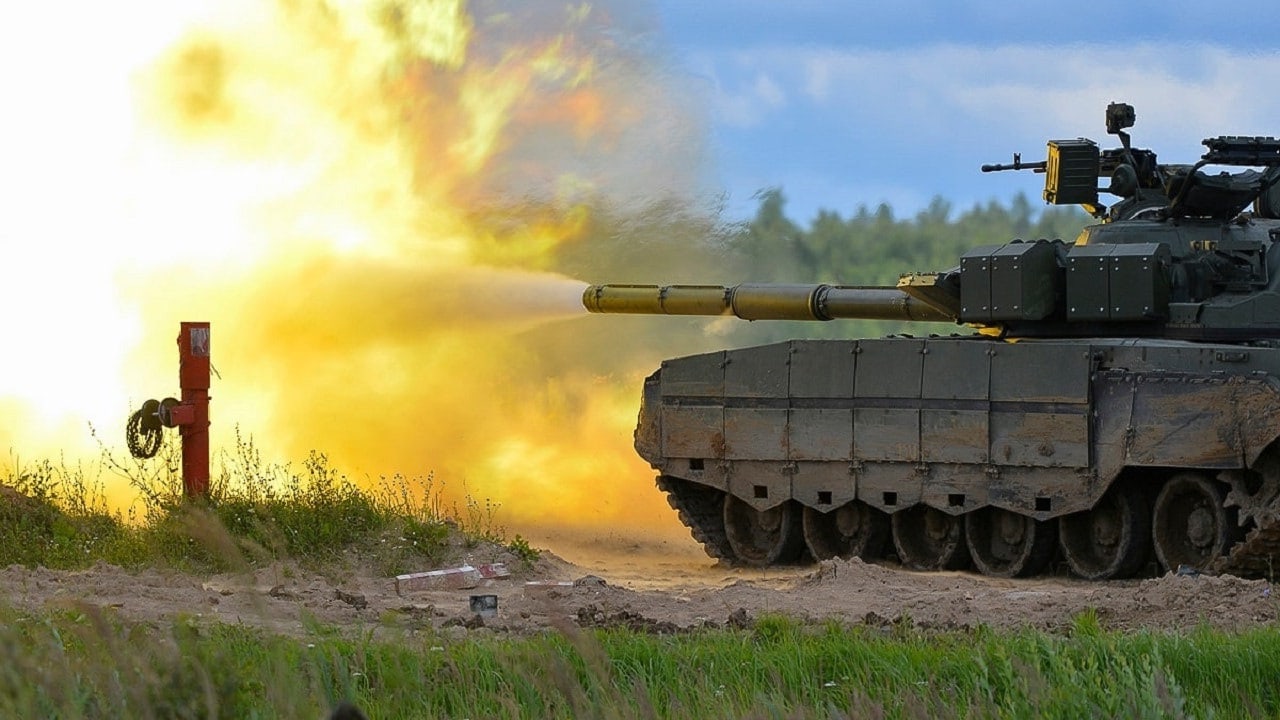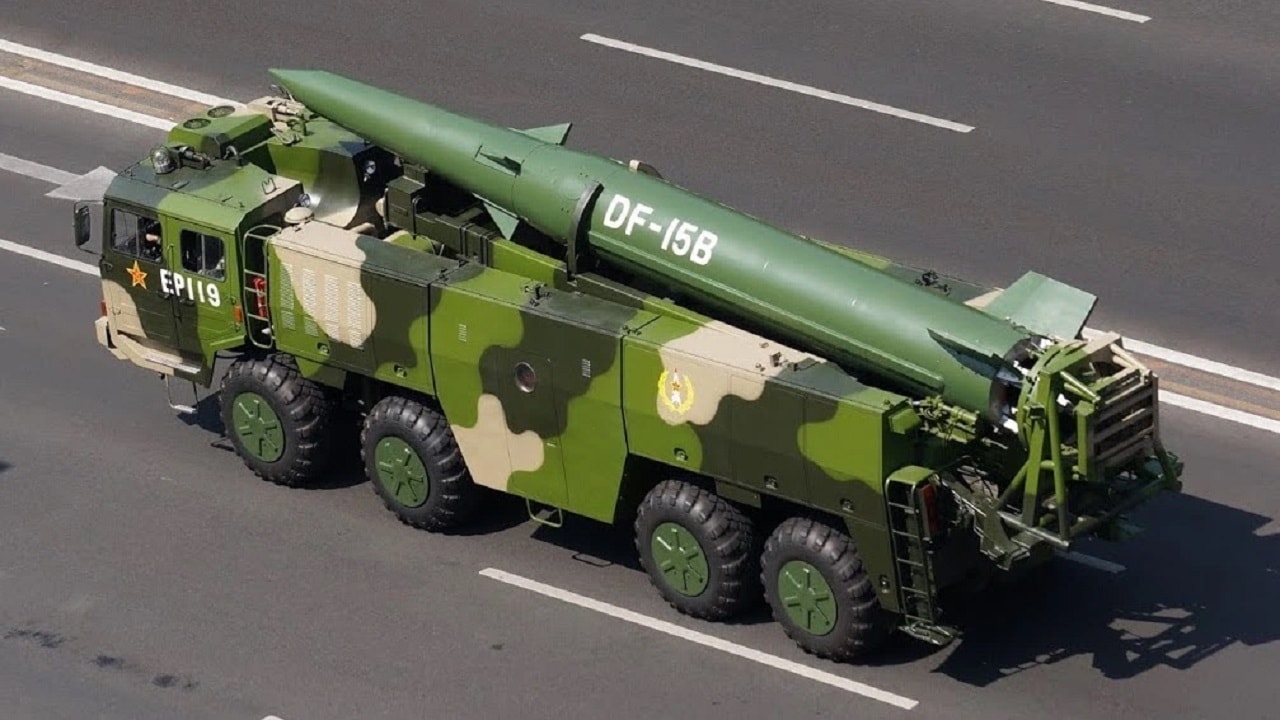Donald Trump is the US president again. While his domestic agenda is fairly clear – he talked relentlessly about immigration and tariffs as a candidate – his foreign policy is seemingly wide open.
The broad strokes are known: Trump is friendlier to autocrats than any other American president has been, and he is tough, almost bullying, toward smaller, weaker states, including US partners.
However, how Trump will resolve the Ukraine issue, which he promised to fix in one day, is unclear.
Nor is it clear how he will deal with the significant challenger to the US for the next decades – China.
Tariffs will not be enough.
China’s rise is hardly new, but under its current president, Xi Jinping, China has embarked on a much more revisionist, belligerent course.
There is much suspicion that China will move against Taiwan in the coming decade. It is unclear how Trump would respond, given his comments about Taiwan in the past. And more broadly, China is the leading member of a potential ‘axis of upheaval.’
The most prominent members of this loose grouping are China, Russia, Iran, and North Korea. Still, more generally, any dictatorship unhappy with the US-led world order would find compatriots in this group. Should these countries congeal into a genuine bloc or ‘axis,’ it would be a huge challenger to American powers.
Preventing this is probably the new administration’s most critical foreign policy objective.
Is It An ‘Axis,’ or Just a Gang?
The post-Cold War liberal international order has provoked many illiberal and antidemocratic states. But most of those countries were small or poor or both. States like Venezuela and Syria under now-deposed Bashar al-Assad resented the liberal world economy and American leadership but could do little about it.
These various rogue states just hoped to survive in a hostile world. Former President George W. Bush famously called these holdouts against the liberal order ‘the axis of evil.’ These rogues could survive – ‘regime change’ turned out to be US overreach – but they were isolated and backward-looking.
China’s rapid rise has given new life to these challengers. Chinese autocracy looked like the past decades ago.
Still, today, its record of growth and stability is highly attractive to dictatorships hoping to maintain authoritarian rule, resist US dominance, and still achieve economic growth. Beijing has attracted other dissatisfied states, most obviously Russia.
China almost undoubtedly knew of Russian President Vladimir Putin’s intention to invade Ukraine in 2022, and Chinese support – diplomatic and economic – has been crucial in keeping Russia afloat as the war has dragged on. Putin and Xi declared their recent alignment has ‘no limits.’
The remaining axis of evil members is hovering in the background. Islamic Iran has long been a useful proxy for states wishing to challenge the US. As far back as the 1980s, the atheist Soviet Union informally protected that clerical regime from US pressure. North Korea, too is a valuable regional troublemaker.
Like Iran, North Korea distracts the US in a strategic region, keeping it tied down and distracted. It is now aiding Russian imperialism in Ukraine.
Chinese Funding Required for the Axis
The question for the future is whether this loose gang can congeal into a genuine alliance. That would require a willingness of all members to subvert their interests to a larger, shared program.
This is possible, and Putin, arguably the most reckless, openly aggressive member of this axis, might accept this. But axis members have prickly relations among themselves.
North Korea, for example, is wary of Chinese domination, and Russia would have to admit that it is junior to larger, more powerful China.
Indeed, all axis members would have to be willing to accept Chinese bloc leadership because only China is wealthy enough to fund a wide-ranging challenge to the liberal order and its many wealthy states worldwide.
North Korea and Iran are economically weak. High military spending and radical ideology fill in some of that gap, but neither could afford regular, high-tempo military deployments without external support. For all their bluster, neither initiate significant conflicts like the current Ukraine war or a future Chinese attack on Taiwan.
Russia is richer than those rogues, of course, but its economy has fallen out of the world top-ten largest. It is now on a full war footing, which may help it win in Ukraine in the short term, but the medium-term costs will be high. Elevated military spending starves the civilian sector of resources for productive growth, and the sanctions regime on Russia blocks needed future technologies.

Russian tank firing main gun in Ukraine. Image Credit: Creative Commons.
Only China, the world’s second-largest GDP, has the financial weight to find these revisionists. But a complete Chinese turn against the liberal international order would end the trade relationships that have fueled its growth for decades. This is the lever Trump should use to keep China from throwing in entirely with Putin’s resistance project.
In this context, Trump’s affection for tariffs is problematic.
Severing the Sino-US trade relationship will make it easier for China to align with this axis fully.
About the Author: Dr. Robert Kelly
Dr. Robert Kelly is a professor of political science at Pusan National University. Kelly is a Contributing Editor to 19FortyFive.

